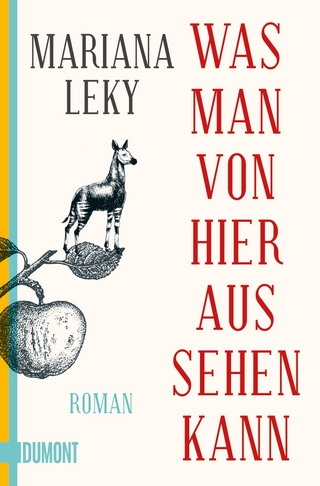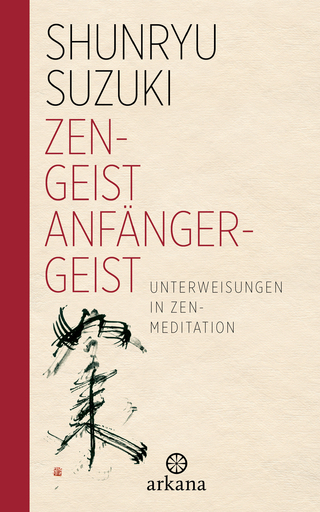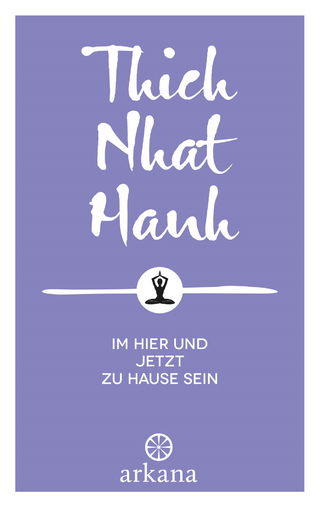
Ajanta
Its Place in Buddhist Art
Seiten
2022
University of California Press (Verlag)
978-0-520-37019-7 (ISBN)
University of California Press (Verlag)
978-0-520-37019-7 (ISBN)
- Lieferbar (Termin unbekannt)
- Versandkostenfrei innerhalb Deutschlands
- Auch auf Rechnung
- Verfügbarkeit in der Filiale vor Ort prüfen
- Artikel merken
The Ajanta caves in Maharashtra, India, have been a subject of considerable fascination since their discovery by British officers in 1819. These thirty-one rock-cut caves, located along a dramatic ravine above the Waghora River, are known for their intricate Buddhist art spanning several centuries. The caves include monastic dwellings (vihāras) and prayer halls (caitya halls), some elaborately decorated with murals and sculptures. As these caves were carved out of the rock rather than being naturally occurring formations, they required immense effort and coordination to construct. Despite the number assigned to each cave by archaeologists, the order of their excavation remains uncertain, and many of them are left incomplete. This unfinished state, combined with stylistic diversity within individual caves, suggests the artists might have worked across different caves at varying times, possibly following the natural light throughout the day to guide their progress.
Ajanta is distinctive in the history of Indian art because it uniquely combines painting, sculpture, and architecture to showcase Buddhist art evolution from the early Hīnayāna aniconic tradition through to the Mahāyāna phase, where Buddha images and Bodhisattvas appear prominently. The artistic themes in Ajanta revolve around narrative portrayals and worship-focused iconography, with shrine figures embodying a massive, spiritual weightiness, in contrast to the more graceful or dwarfish depictions of demigods and figures in the Jātaka tales. This study explores the origins of this iconographic duality at Ajanta, examining how the artistic and religious traditions that shaped it developed internally and in relation to other sites, illuminating how the evolution of Buddhism itself is mirrored in its art and monuments.
Divided into three main parts, the study analyzes historical, architectural, and stylistic progressions that influenced Ajanta's art. The first section delves into historical contexts relevant to Buddhist development in the area, while the second investigates the architectural evolution of caitya halls and vihāras and the emergence of the Buddha image. The third section focuses on the stylistic progression of the narrative art at Ajanta, tracking the evolution of both the Buddha image and the surrounding decorative forms. Through synthesizing historical, paleographic, and iconographic evidence, the study aims to provide a cohesive understanding of Buddhist art’s evolution, specifically at Ajanta, over several centuries.
This title is part of UC Press's Voices Revived program, which commemorates University of California Press’s mission to seek out and cultivate the brightest minds and give them voice, reach, and impact. Drawing on a backlist dating to 1893, Voices Revived makes high-quality, peer-reviewed scholarship accessible once again using print-on-demand technology. This title was originally published in 1977.
Ajanta is distinctive in the history of Indian art because it uniquely combines painting, sculpture, and architecture to showcase Buddhist art evolution from the early Hīnayāna aniconic tradition through to the Mahāyāna phase, where Buddha images and Bodhisattvas appear prominently. The artistic themes in Ajanta revolve around narrative portrayals and worship-focused iconography, with shrine figures embodying a massive, spiritual weightiness, in contrast to the more graceful or dwarfish depictions of demigods and figures in the Jātaka tales. This study explores the origins of this iconographic duality at Ajanta, examining how the artistic and religious traditions that shaped it developed internally and in relation to other sites, illuminating how the evolution of Buddhism itself is mirrored in its art and monuments.
Divided into three main parts, the study analyzes historical, architectural, and stylistic progressions that influenced Ajanta's art. The first section delves into historical contexts relevant to Buddhist development in the area, while the second investigates the architectural evolution of caitya halls and vihāras and the emergence of the Buddha image. The third section focuses on the stylistic progression of the narrative art at Ajanta, tracking the evolution of both the Buddha image and the surrounding decorative forms. Through synthesizing historical, paleographic, and iconographic evidence, the study aims to provide a cohesive understanding of Buddhist art’s evolution, specifically at Ajanta, over several centuries.
This title is part of UC Press's Voices Revived program, which commemorates University of California Press’s mission to seek out and cultivate the brightest minds and give them voice, reach, and impact. Drawing on a backlist dating to 1893, Voices Revived makes high-quality, peer-reviewed scholarship accessible once again using print-on-demand technology. This title was originally published in 1977.
| Erscheinungsdatum | 30.06.2022 |
|---|---|
| Zusatzinfo | Maps, figs. |
| Verlagsort | Berkerley |
| Sprache | englisch |
| Maße | 156 x 234 mm |
| Gewicht | 499 g |
| Themenwelt | Kunst / Musik / Theater ► Kunstgeschichte / Kunststile |
| Geisteswissenschaften ► Religion / Theologie ► Buddhismus | |
| ISBN-10 | 0-520-37019-8 / 0520370198 |
| ISBN-13 | 978-0-520-37019-7 / 9780520370197 |
| Zustand | Neuware |
| Informationen gemäß Produktsicherheitsverordnung (GPSR) | |
| Haben Sie eine Frage zum Produkt? |
Mehr entdecken
aus dem Bereich
aus dem Bereich
Unterweisungen in Zen-Meditation
Buch | Hardcover (2024)
Arkana (Verlag)
20,00 €


